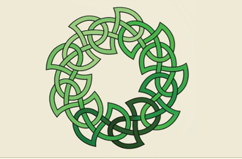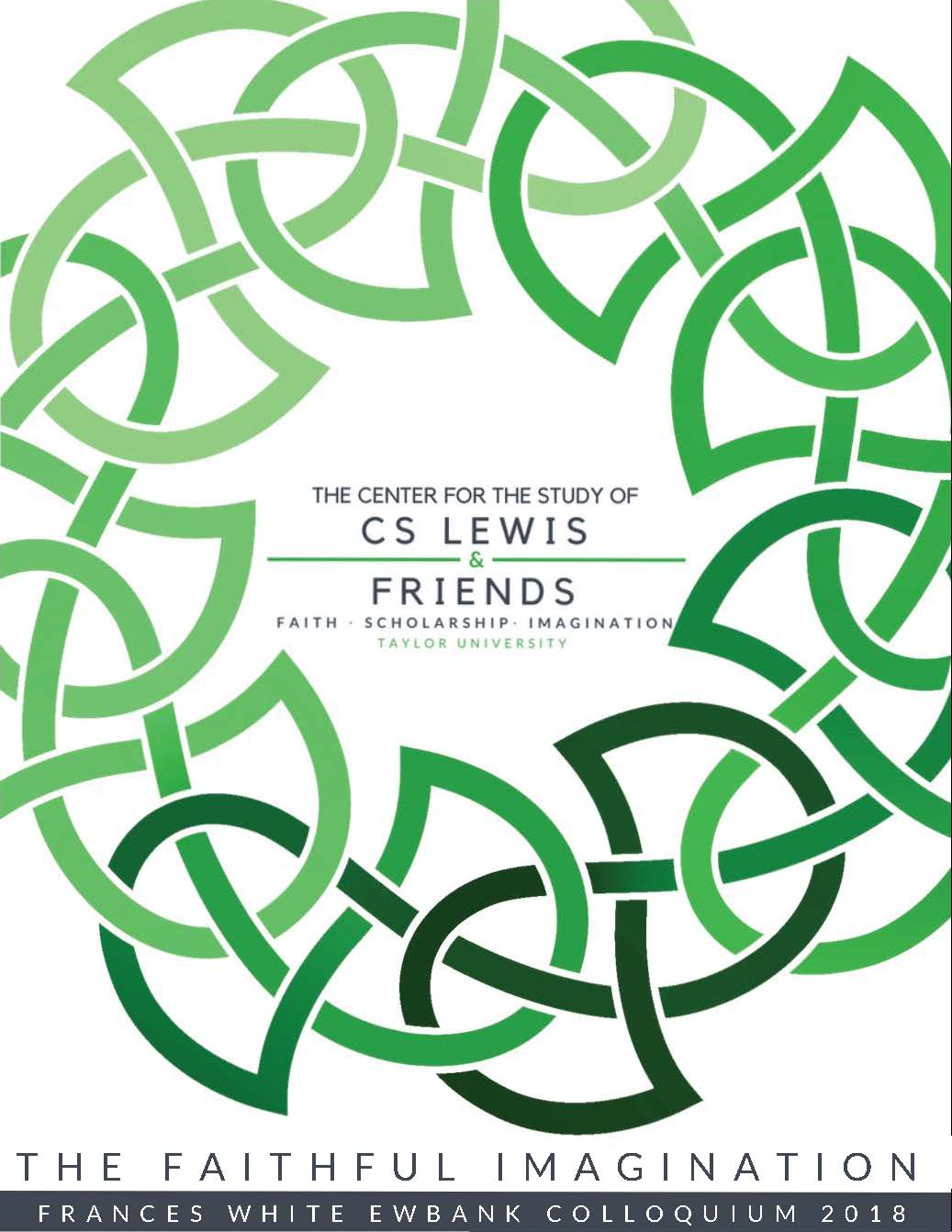Event Title
Concurrent Paper Session 1C: Flatland and Beyond: C.S. Lewis's Imagination Explored
Location
Euler 062-063
Start Date
31-5-2018 2:45 PM
Description
"C.S. Lewis: A Romantic in Many Dimensions" - Josiah Peterson
Upon lending his copy of Flatland to Kingsley Amis, C. S. Lewis says of the book “The original manuscript of the Iliad could not be more precious.” Edwin Abbot’s little novella, featuring the transdimensional adventures of A Square from Flatland to Lineland, Pointland, and Spaceland, made a lasting impression on Lewis. Notoriously bad at math, Lewis alludes to the mathematical theorems of Flatland to help him convey meaning to some of his most challenging subjects, including the nature of language in “Bluspels and Flalansferes,” the interactions between the material and spiritual world in “Miracles” and “Transposition,” and the nature of what new creatures we might be in heaven in “The New Men.” What makes Flatland so compelling and how does Lewis make the story so versatile? The undiluted power of analogical reasoning combined with Lewis’s faithful imagination that sees the possibilities.
"Cosmic Horror vs. Cosmic Redemption: C.S. Lewis and H.P. Lovecraft on Humanity's Ultimate Fate" - John Stanifer
H. P. Lovecraft, once a struggling writer of pulp fiction with little hope of being taken seriously by academics and literary critics, is now considered one of the most influential figures in twentieth-century fantastic literature. One might wonder what a reclusive atheist with an obsessive interest in American colonial architecture who spent most of his life attacking the assumptions of organized religion could have in common with C. S. Lewis, the defender of Christianity and the author of one of the most beloved children’s classics of all time, The Chronicles of Narnia. If Lovecraft is often credited for popularizing the peculiar subgenre of “cosmic horror,” in which humanity is depicted as the victim of an indifferent and frequently hostile universe peopled by a bizarre array of “elder gods” and monstrous abominations, Lewis is arguably the champion of its opposite, what one might call “cosmic redemption.” Yet, the connections and mutual interests shared by these two writers are surprising. Each is, in his way, a powerful voice for powerful, but different, imaginative worldviews.
"Two Different Lewises in a Barfield Poem" - Stephen Thorson
“Around 1950,” Owen Barfield wrote a seven canto narrative poem (still unpublished), called “Mother of Pegasus” or “Riders on Pegasus” in order to “loosely and archtypically” depict the two different Lewises he had increasingly recognized “after 1935.” Apparently, Barfield wanted to work out his puzzlement over his friend, and to warn Lewis that he should avoid the fate of Bellerophon (slayer of Chimaera on Pegasus), and embrace the fate of Perseus (slayer of Medussa, who later ascended to the heavens on Pegasus). Pegasus represents the high view of Imagination (with a capital “I”) that Barfield and Lewis shared during their 1920’s “Great War.” Bellerophon represents the Lewis who rejected that high “spiritual” view of Imagination and Perseus represents the Lewis who could re-accept that high view if he allowed his “creative Eros” or Feeling (represented by his bride, Andromeda) to temper his rational Thinking.
Event Type
Paper
Concurrent Paper Session 1C: Flatland and Beyond: C.S. Lewis's Imagination Explored
Euler 062-063
"C.S. Lewis: A Romantic in Many Dimensions" - Josiah Peterson
Upon lending his copy of Flatland to Kingsley Amis, C. S. Lewis says of the book “The original manuscript of the Iliad could not be more precious.” Edwin Abbot’s little novella, featuring the transdimensional adventures of A Square from Flatland to Lineland, Pointland, and Spaceland, made a lasting impression on Lewis. Notoriously bad at math, Lewis alludes to the mathematical theorems of Flatland to help him convey meaning to some of his most challenging subjects, including the nature of language in “Bluspels and Flalansferes,” the interactions between the material and spiritual world in “Miracles” and “Transposition,” and the nature of what new creatures we might be in heaven in “The New Men.” What makes Flatland so compelling and how does Lewis make the story so versatile? The undiluted power of analogical reasoning combined with Lewis’s faithful imagination that sees the possibilities.
"Cosmic Horror vs. Cosmic Redemption: C.S. Lewis and H.P. Lovecraft on Humanity's Ultimate Fate" - John Stanifer
H. P. Lovecraft, once a struggling writer of pulp fiction with little hope of being taken seriously by academics and literary critics, is now considered one of the most influential figures in twentieth-century fantastic literature. One might wonder what a reclusive atheist with an obsessive interest in American colonial architecture who spent most of his life attacking the assumptions of organized religion could have in common with C. S. Lewis, the defender of Christianity and the author of one of the most beloved children’s classics of all time, The Chronicles of Narnia. If Lovecraft is often credited for popularizing the peculiar subgenre of “cosmic horror,” in which humanity is depicted as the victim of an indifferent and frequently hostile universe peopled by a bizarre array of “elder gods” and monstrous abominations, Lewis is arguably the champion of its opposite, what one might call “cosmic redemption.” Yet, the connections and mutual interests shared by these two writers are surprising. Each is, in his way, a powerful voice for powerful, but different, imaginative worldviews.
"Two Different Lewises in a Barfield Poem" - Stephen Thorson
“Around 1950,” Owen Barfield wrote a seven canto narrative poem (still unpublished), called “Mother of Pegasus” or “Riders on Pegasus” in order to “loosely and archtypically” depict the two different Lewises he had increasingly recognized “after 1935.” Apparently, Barfield wanted to work out his puzzlement over his friend, and to warn Lewis that he should avoid the fate of Bellerophon (slayer of Chimaera on Pegasus), and embrace the fate of Perseus (slayer of Medussa, who later ascended to the heavens on Pegasus). Pegasus represents the high view of Imagination (with a capital “I”) that Barfield and Lewis shared during their 1920’s “Great War.” Bellerophon represents the Lewis who rejected that high “spiritual” view of Imagination and Perseus represents the Lewis who could re-accept that high view if he allowed his “creative Eros” or Feeling (represented by his bride, Andromeda) to temper his rational Thinking.


